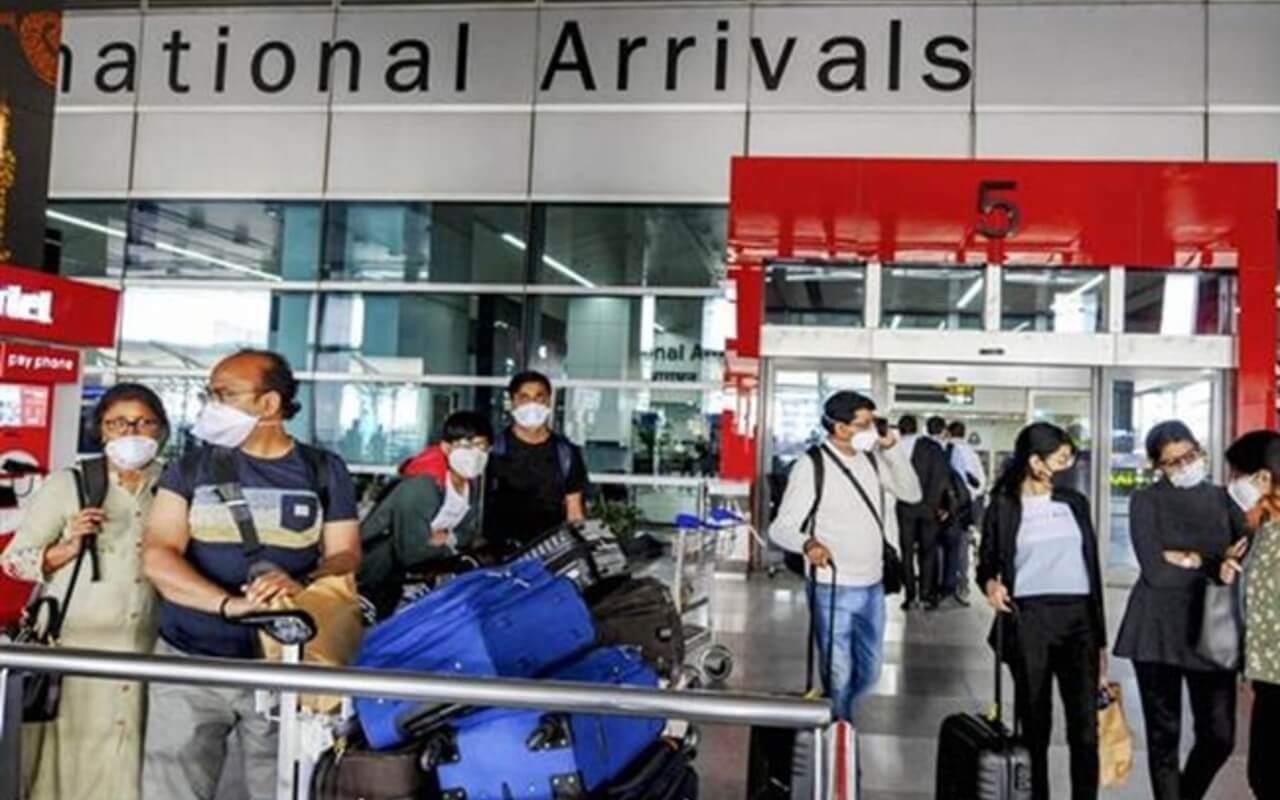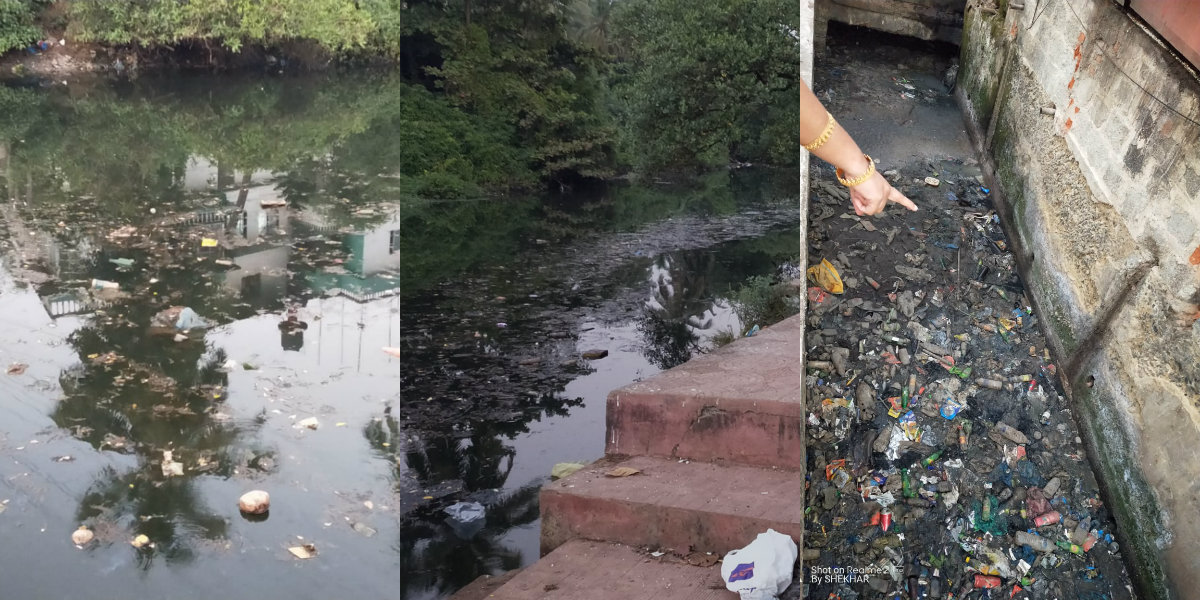With the pandemic sweeping throughout the world, many countries saw their offices, businesses shutting down. This led many migratory workers to travel back to their home countries with the support of their respective governments. India is a major country with many NRIs working overseas too organized repartition flights to get the stranded Indians back home.
In Goa, the Western coastal state of India, over 3,100 Goans from over 60 countries had registered with the NRI commission to facilitate their return in the first half of the 2020 year following the major worldwide lockdowns. More than half of these, around 1,800 were from Gulf countries, with a majority in the UAE. Around 400 Indian nationals from Goa were also stranded in the UK, and over 300 in the US. Several Goans in countries hit hard by the Covid-19 pandemic also made their return to Goa including 70 from Italy and 15 from France.
While the first batch of returnees included workers who have been laid off, those who went on short-term visas facing the expiry of visas, those with medical emergencies, pregnant women, the elderly, students, and those who wanted to return due to a death in the family in India. The second phase consisted of OCI cardholders, other migrated workers, and seafarers returning to the state.
Though the repartition of stranded Goans was successful, next came the big question. How to provide employment for all these returnees? The state government admitted that the return of the Goans working abroad, including seafarers to their motherland, following the Coronavirus pandemic would result in massive unemployment in the state. Some of the Goans who have returned to Goa are in a transition mode, with their employers in respective countries having assured them jobs after the end of the pandemic.
Referring to this issue, NRI Commissioner Narendra Sawaikar said that the state government would take the issue of unemployment as a challenge and in coordination with the Centre find solutions such as economic revival and boosting the industrial sector.
But considering the already existing unemployment status in the state, concerns arise about what exactly can the government look up to for this massive problem. As day by day, the pandemic conditions worsen around the world with second, third waves and new variants being discovered one can’t guarantee that these returned workers will get their jobs back or not. The state government has acknowledged that there are 8,000 seafarers working abroad who are still attempting to return home.
Besides, there are Goans in the United Kingdom, USA, Italy, Germany, and France who are waiting in line to come back. What could the scenario be if a large chunk of them return at the same time? Many would try to get back to their workplace as the situation eases down but that would not happen in the immediate future. Also, there would be many who would not want to go back abroad. Cruise line companies have shut business, so too many hotels. If they remain in Goa, they would need jobs to feed themselves and their families. But with no new industries coming in, the employment opportunities in the state would not suffice when the pandemic settles down and the world returns to normal.
Back in 2008 Goa became the first state in India to appoint non-resident Indians (NRIs) to various boards and corporations. Goa was also the first state to have started a scheme to issue “Goa Cards” to give them access to government offices.
“Putting Goan expatriates on state boards and corporations is one of our various steps to reconnect them with their roots. When this happens, Goa will be the first Indian state to accord this honor to expatriates,” Eduardo Faleiro, former minister of state for external affairs and currently Goa’s commissioner for NRI affairs, said at the inauguration of this historical scheme.
Economists in the US have already projected reductions of 47 million worldwide, which would translate to a 32.1 percent unemployment rate. There will also be a considerable amount of corporate restructuring once the economy begins to recover, with businesses large and small, trying to bolster their battered balance sheets by reducing headcounts.
As per national statistics, Goa is among several states, like Manipur, Kerala, Mizoram, and Nagaland where the unemployment rate has reached double digits. The state government has to bring out structural changes and educational attainments, which will unravel a strong effect to curb the unemployment issue in the state. While the employment exchange has 1.25 lakh unemployed persons registered, the recent mining ban has seen at least 50,000 to 1 lakh job losses. Besides this, tourism has seen a massive dip in the last two years and people dependent on tourism to are now looking for government jobs.
Since wage employment can’t be provided on a large scale, entrepreneurship must be promoted by creating a facilitating environment for start-ups, innovations, etc. For this, the government has to bring in new industries. The government can also look into promoting the Economic Development Corporation’s Chief Minister’s Rojgar Yojana (CMRY) entrepreneurship scheme more aggressively which will help the start-ups to gain exposure.
A part of the lakhs of square meters which have been taken from the Special Economic Zones promoters can be allotted to promising Goan entrepreneurs to spread their businesses. Also, keeping in view the skill gaps in various activities, emphasis has to be given to vocational education and training, which can be integrated with the general education system. Instead of confining training to the initial entry level in jobs, up-skilling and reskilling need to adjust to the requirement of the changing economy.
Also considering that non-Goans have captured the markets throughout Goa for fish, vegetables, and flowers, the government through the horticulture, agriculture, and fisheries departments can encourage youth to put up stalls, which would give better pricing than the market rates – like the horticulture vegetable outlets.






























